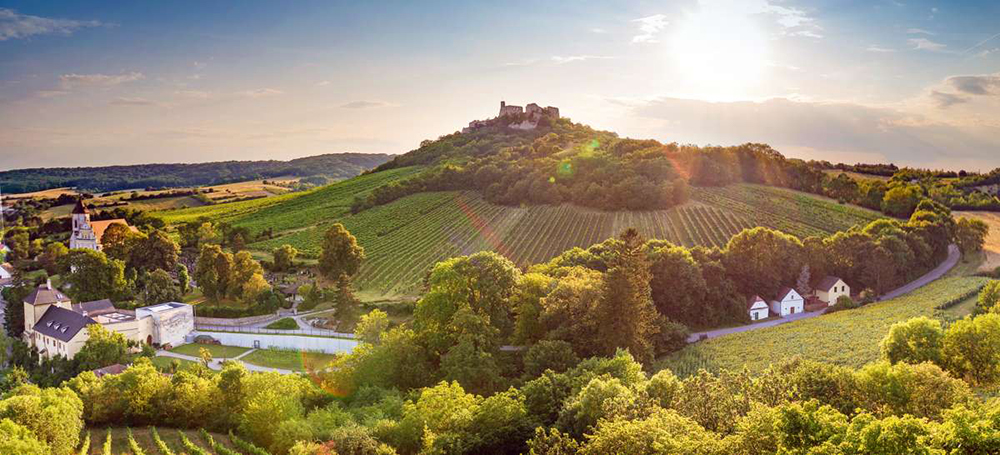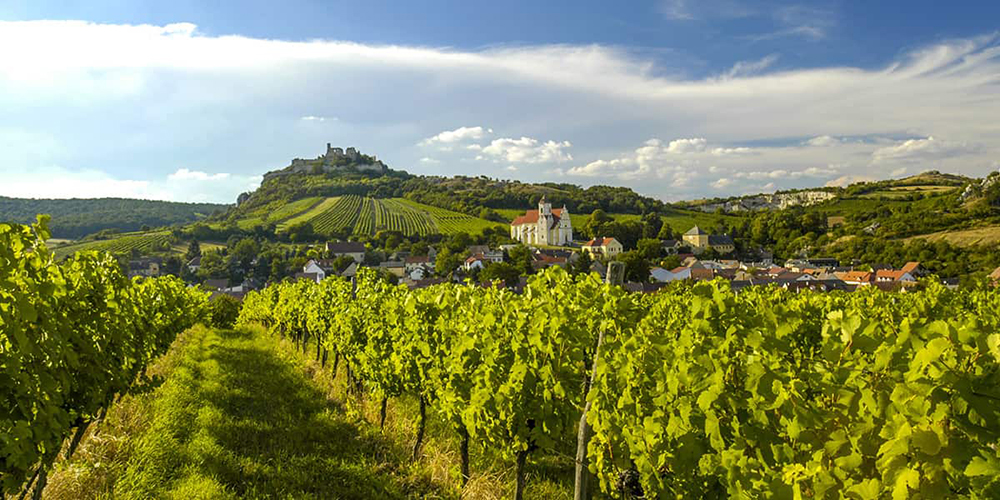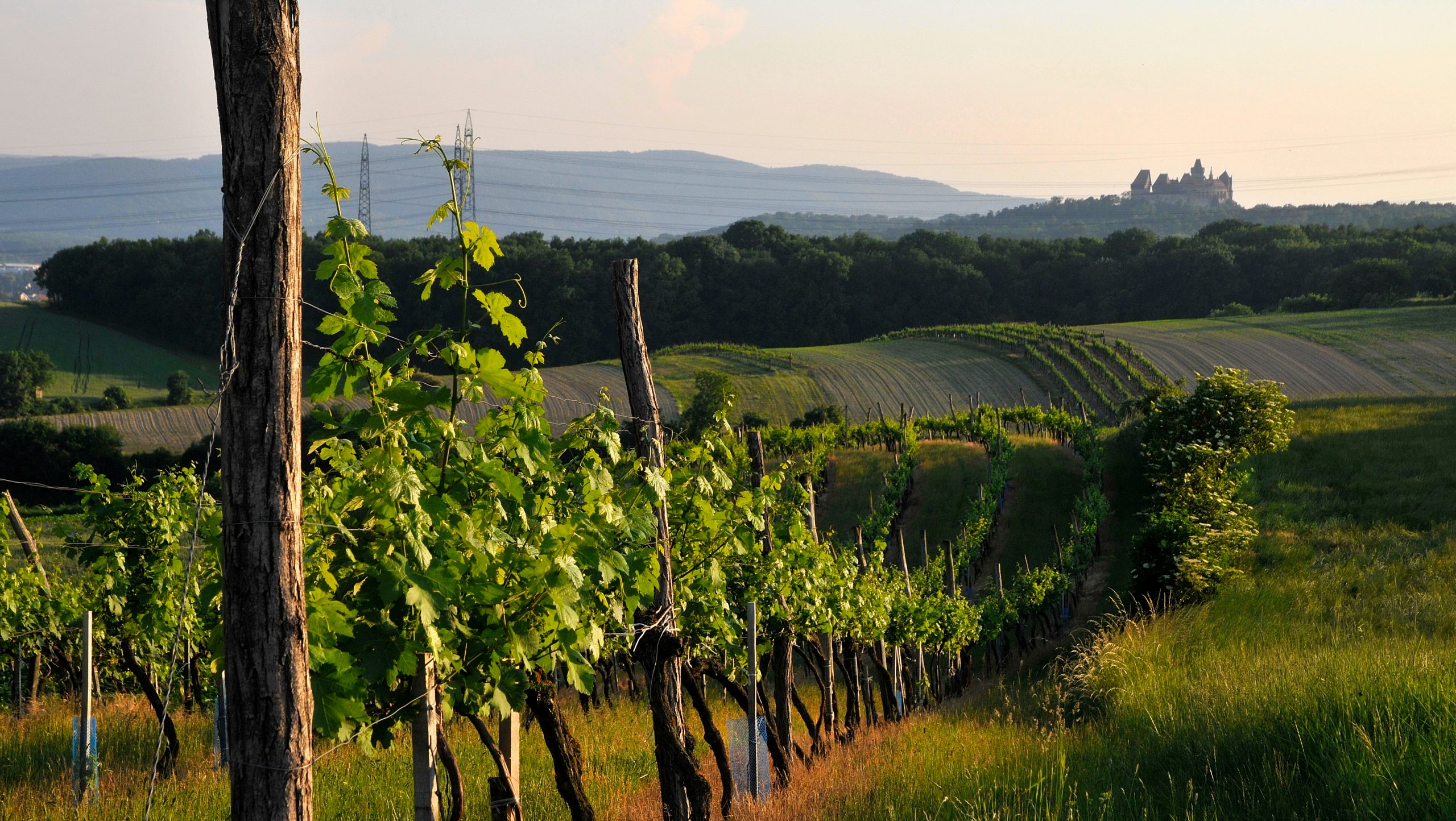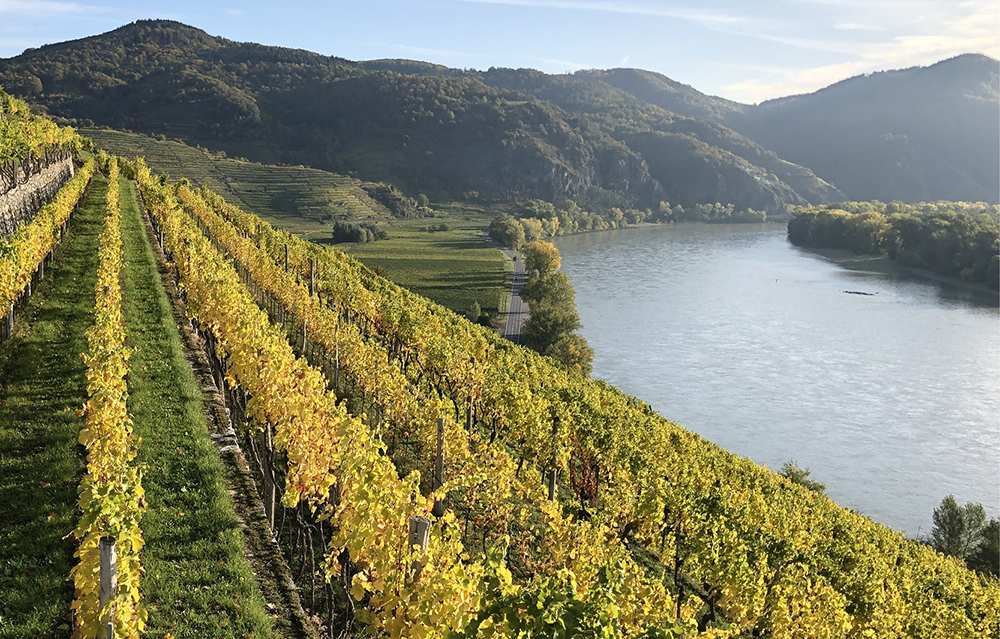Weinviertel: The wine district
The largest and probably most famous Austrian wine region is with the sonorous name Wine District (Weinviertel). As much as 14,000 hectares, which is about 30 % of the whole Austrian wine area are designated for this region. Apart from production, the region ranks first in terms of variety of types. However, the fame is due entirely to the fact that here was born the parade Austrian variety Grüner Veltliner..
One of the specifics of the Weinviertel are its historic Kellergassen (small streets with cellars). They are a cultural heritage and have been in the area for more than 200 years. The cellars were once used as a place for wine production and storage. Today, it is produced in modern wineries, but many of these streets are revived on the occasion of a number of wine-related events and attract wine lovers from all over Austria.
Weinviertel stretches from the Danube River in the south to the border with the Czech Republic in the north and Slovakia in the east. The climate is temperate-continental, and the soils are extremely diverse: from granite, through quartz-rich sand, clay, limestone, loess and others.
In terms of varieties, more than half of the stands in the district are Grüner Veltliner. In the north, around the town of Retz, in addition to the historic old cellars, there are (along with Grüner) mostly red varieties, due to the dry microclimate: Zweigelt and Blauer Portugieser. Around Röschitz, on the other hand, because of the suitable granite soils, there are lovely, fine Rieslings. Poissdorf is famous for Grüner Veltliner and Welschriesling (Italian Riesling). To the south-east, near the border with the Marchfeld, there are fragrant Grüners, Rieslings and Traminerries because of the Pannonian climate.
Despite this abundance of varieties, the Gruner Veltliner, with its 6,700 hectares, occupies not only half of Austria's territory but also half of the world's territory. However, it is this diversity that determines the styles and qualities of the variety: spicy and peppery, fruity-floral and fresh. These three characteristics and their variations are a prerequisite for the creation of the first Austrian appeal of controlled origin in 2002: 'Weinviertel DAC'. Since 2009, along with the classic dry, fresh version, the more complex one is emerging: Weinviertel DAC Reserve.
Weinviertel DAC: variety: Gruner Veltliner, minimum alcohol content: 12.0 %, residual sugar: maximum 6 g / l, style: fruity, spicy, peppery, without botrytis and aging in barrels.
Weinviertel DAC Reserve: variety: Gruner Veltliner, minimum alcohol content: 13.0 %, style: dry, powerful, spicy, light botrytis notes and aging in barrels are allowed.
Weinviertel DAC is the ideal wine for almost all dishes of the Austrian national cuisine: Viennese schnitzel, ham pasta, typical snacks with butter and liptauer, cold meats, egg and potato salads, spicy sauerkraut. Globally, it is one of the favorites to all Asian dishes.













